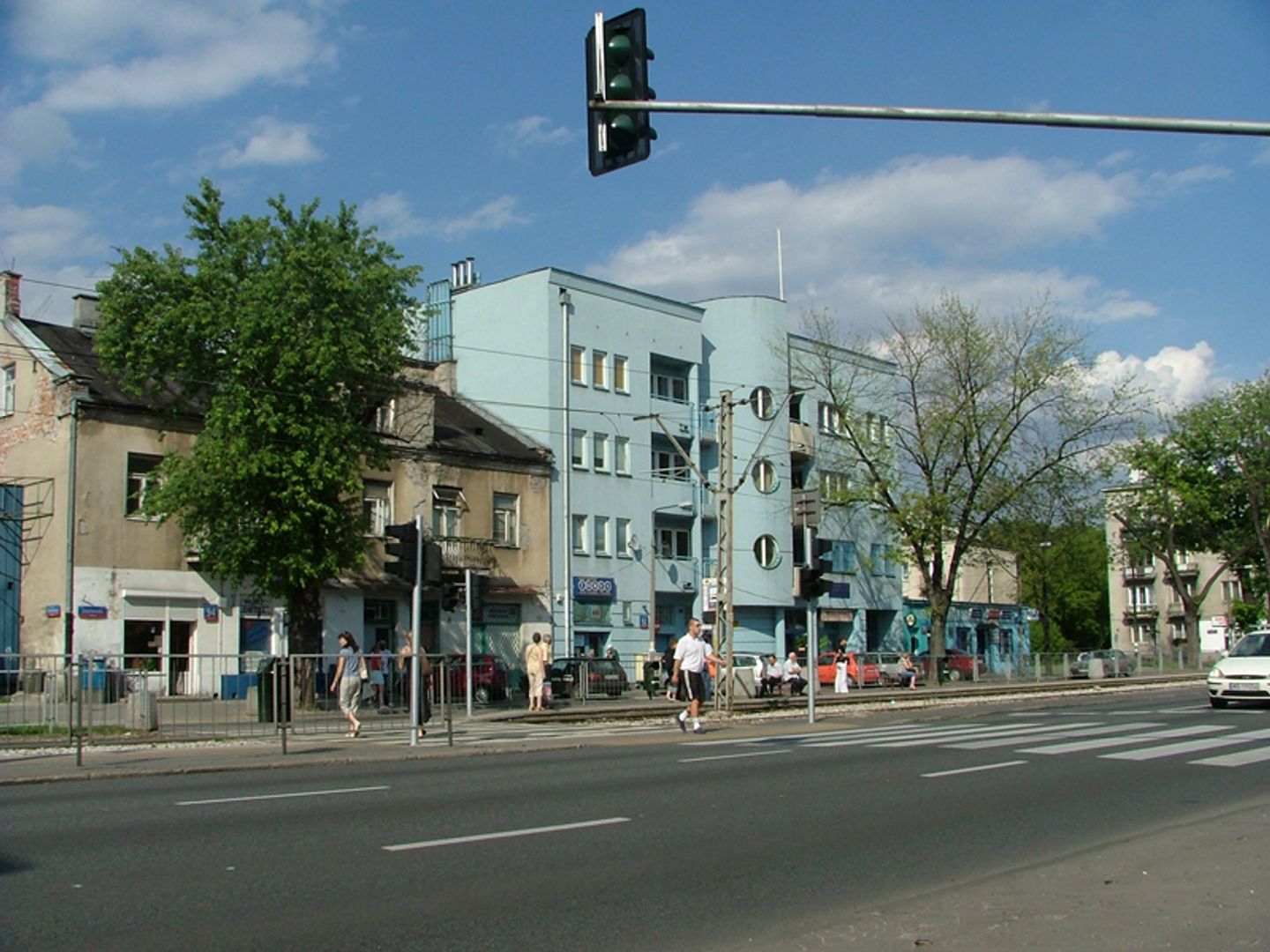Gocławek
6.19

Overview
Gocławek is a neighborhood in the Praga-Południe district of Warsaw, with a rich history dating back to the years 1867–1939, when it belonged to the Wawer municipality. In 1921, Gocławek had 216 inhabitants, and after World War I, it underwent a series of administrative changes. During World War II, the town found itself within the General Government. After the war, in 1951, Gocławek was incorporated into Warsaw. Architecturally, the development of the neighborhood is typical of the suburbs of large cities, with the oldest buildings dating back to the November Uprising period. The northern border of Gocławek is marked by the railway line, while its western boundaries are defined by Biskupia, Zawierciańska, Czechowicka, and Pabianicka streets, although these boundaries may differ today. Gocławek is part of the larger urban area "Gocławek," which also includes adjacent areas of Grochów and Witolin. Gocławek is home to significant cultural sites, including the Jan Szypowski "Leśnik" Park, which was known by a different name from the late 1950s, and its history dates back to the times of the 4th Infantry Regiment. The Grochów Manor, built between 1835 and 1840, has interesting ties to history and education, as it once housed a school and an orphanage. Transportation in Gocławek is centered around Grochowska Street, where the Warsaw Jabłonowska Commuter Railway was launched in 1901. A significant step in the development of transportation was the introduction of a tram line in 1925. Gocławek connects urban infrastructure with other parts of Warsaw, making it an important transportation hub. Interestingly, despite urban transformations, Gocławek retains its historical character while dynamically developing as part of the capital.
Location
Tickets
Powered by GetYourGuide
2025 Wizytor | All Rights Reserved